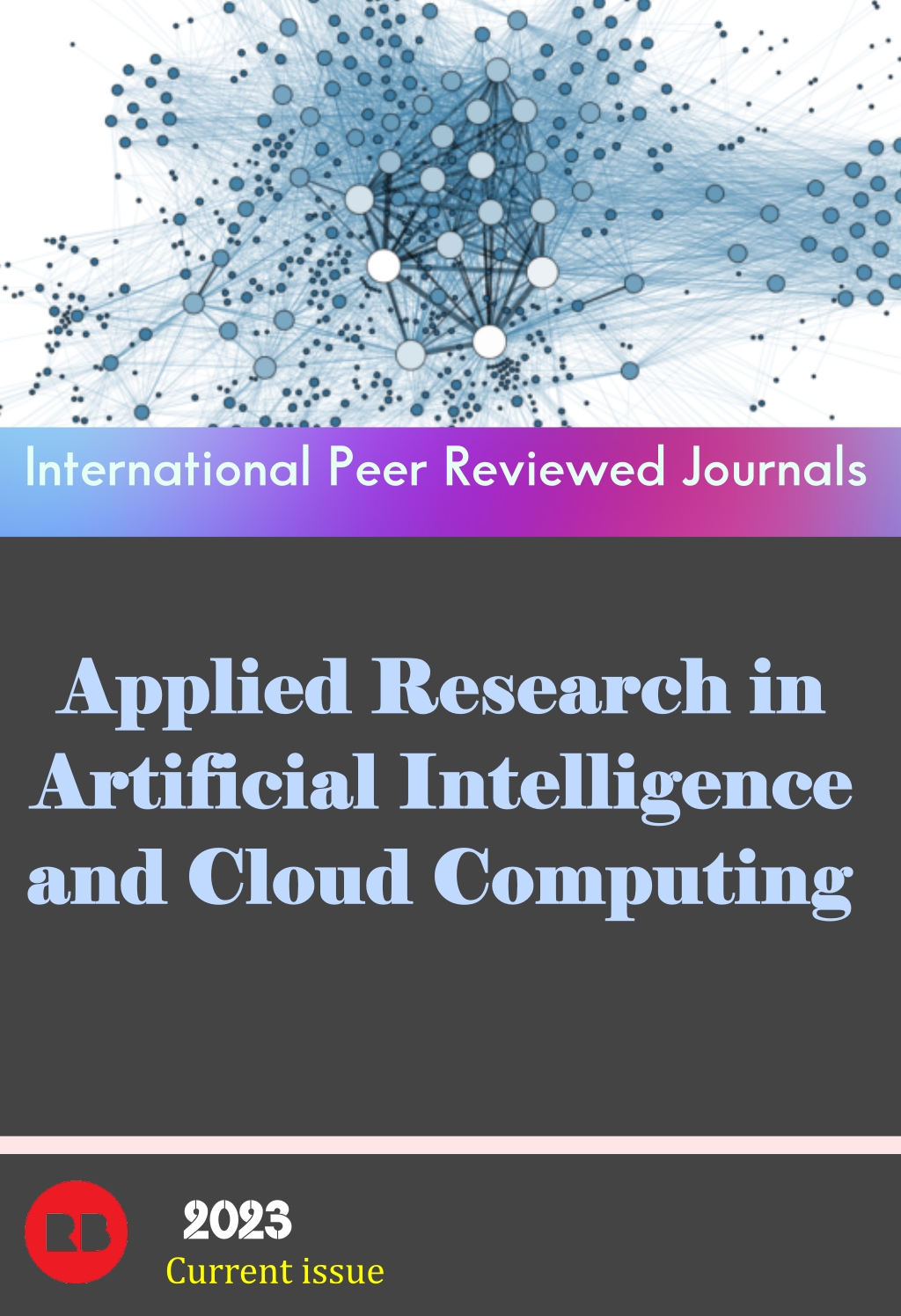Advancements in Medical Imaging and Diagnostics with Deep Learning Technologies
Keywords:
Deep Learning, Medical Imaging, Predictive Analysis, Electronic Health Records (EHR), Anomaly DetectionAbstract
Medical imaging has long been a cornerstone in diagnostic medicine, providing clinicians with a non-invasive method to visualize internal structures and processes. However, traditional imaging techniques have faced challenges in resolution, safety concerns related to radiation exposure, and the need for invasive procedures for clearer visualization. With the advent of deep learning technologies, significant advancements have been made in the field of medical imaging, addressing many of these challenges and introducing new capabilities. This research seeks into the integration of deep learning in enhancing image resolution, leading to clearer and more detailed visualizations. Furthermore, the ability to reconstruct three-dimensional images from traditional two-dimensional scans offers a more comprehensive view of the area under examination. Automated analysis powered by deep learning algorithms not only speeds up the diagnostic process but also detects anomalies that might be overlooked by the human eye. Predictive analysis, based on these enhanced images, can forecast the likelihood of diseases, and real-time analysis during surgeries ensures immediate feedback, enhancing the precision of medical procedures. Safety in medical imaging has also seen improvements. Techniques powered by deep learning require reduced radiation, minimizing risks to patients. Additionally, the enhanced clarity and detail in images reduce the need for invasive procedures, further ensuring patient safety. The integration of imaging data with Electronic Health Records (EHR) has paved the way for personalized care recommendations, tailoring treatments based on individual patient history and current diagnostics. Lastly, the role of deep learning extends to medical education, where it aids in creating realistic simulations and models, equipping medical professionals with better training tools.

Downloads
Published
How to Cite
Issue
Section
License
Copyright (c) 2023 Applied Research in Artificial Intelligence and Cloud Computing

This work is licensed under a Creative Commons Attribution-NonCommercial-NoDerivatives 4.0 International License.




